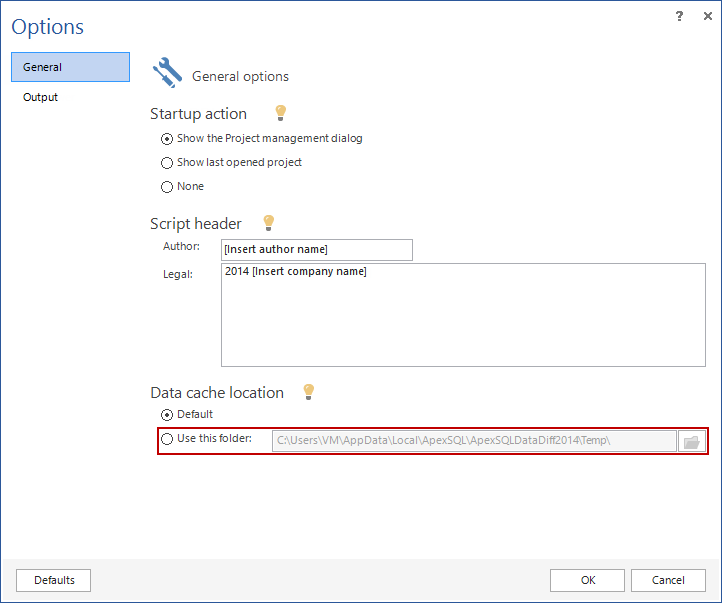

Under the Home tab, there is a Merge view option that shows selected differences from both left and right panels. Equal – The number of lines that exists on both sides, which are equal.Additional – The number of lines that exists only on the right side.Different – The number of lines that exists on both sides, which have differences.Missing – The number of lines that exists only on the left side.Four types of differences are shown including: The differences can be viewed at the bottom of the main application window, in the Status bar. Since Character comparison mode was used, different rows along with all individual character differences are highlighted.īecause the objects are compared in their scripted form, it is possible to compare a SQL script file with the corresponding database object, on an apples to apples basis, to review changes before any updates. Let’s choose the Character comparison mode and the options to ignore differences such as ANSI options, Comments and Permissions:Īfter the comparison process is done, the object’s DDL script will be compared will be displayed in the main window with all differences highlighted When the data sources are specified switch to the Options tab to choose between comparison modes and set specific ignore options. In that way, two versions of one or more database objects can be compared for analysis: When everything is set up, click the Compare button and the comparison process will be initiated.Īfter the comparison process is done, the comparison results will be shown in the main window:įor the other type of compare, in the Data sources view of the New project window choose database object. The ignored differences will not be highlighted after the comparison to reduce unnecessary visual noise: In this case the differences, like scripted permissions or comments, which are not crucial for the comparison of two script versions will be ignored. The Comparison mode, to choose the way the changes are marked and Ignore options to set which common SQL script differences will be ignored with comparison. Next, we can switch to the options tab where there are two sets of options.

Let’s use one new version of a database build script and compare it with the previous version: For example, on the left side of the view, a SQL script with some changes can be chosen to compare it with some previous version of the script, selected on the right side. Using the first type, the file can be chosen for comparison. There are two types of data sources that can be chosen for comparison from this view. In the New project window, select the Data sources tab and the view for selecting objects for comparison will show. Upon starting the application, the New project window will be shown where two comparison types can be chosen, Files or Folders:įirst, let’s choose the Files comparison type:

Please note that the SSMS and Visual Studio add-ins are optional components that can be selected or deselected during the installation.
Apex sql compare windows#
Integrate into SQL Server Management Studio and Visual StudioĪpexSQL Compare consists of three main components:Ī Windows application used for visual comparison and synchronization, selecting specific comparison options, comparison modes and ignore options for comparison and synchronization processesĪ console application which allows users to schedule and automate comparison and synchronization and also create HTML reports via a command line interfaceĪdd-ins including both a SQL Server Management Studio and Visual Studio add-in that enables the user to initiate file comparison directly from the respective host system SQL Server database objects for SQL Azure Databases and Amazon RDS ApexSQL Compare is a standalone SQL Server development tool, as well as a SQL Server Management Studio and Visual Studio add-in, that is capable of performing comparisons of: Hello and welcome to this ApexSQL Compare general overview video. To get around this issue, you can simply iterate over your query results and build your map by yourself (instead of using the map constructor).In this article, we will take an overview of some main features in ApexSQL Compare. You can't, at least not without iterating over the values of your relatedOppConRoleMap (which, at first glance, kinda defeats the purpose of storing your Opportunit圜ontactRoles in a map in the first place).


 0 kommentar(er)
0 kommentar(er)
